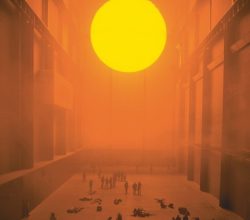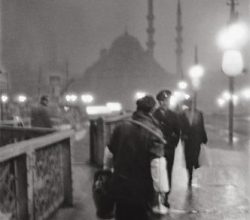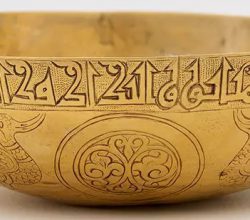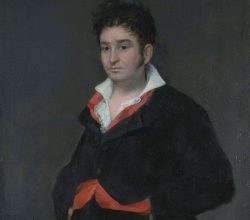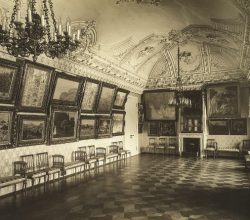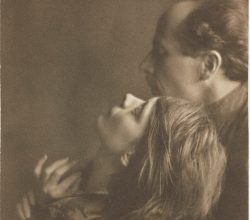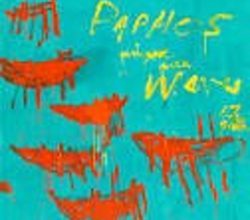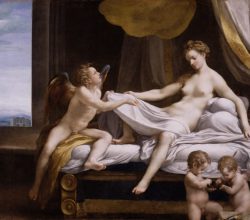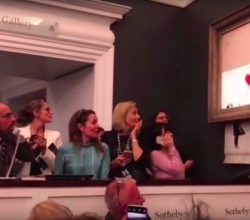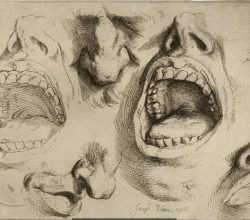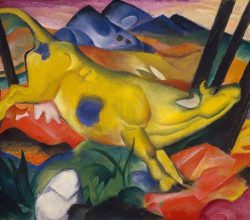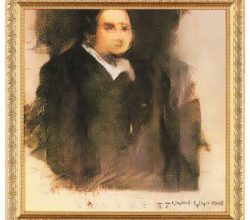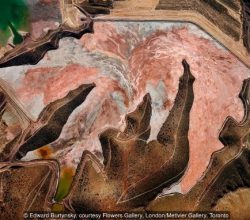
Striking photos of human scars on earth
Cameron Laux | bbc.com | 17th October 2018
‘Post-industrial sublime’ is a neat phrase coined to describe Burtinsky’s large format images of landscapes blighted by human activity. They often have an abstract beauty that, once the image is fully recognized, gives way to an “ominous documentary undertow.” Burtinsky admits “I’ve become hardened like a war photographer”. An interview with Burtinsky is here.

